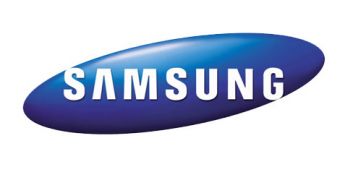Worldwide leader in advanced semiconductor technology solutions Samsung Electronics recently announced the first multi-chip package (MCP) with PRAM. According to the company, the new solution is set to be included in mobile handsets starting with the second quarter of the ongoing year.
The new 512 megabit Samsung PRAM in the MCP has been designed with backward compatible with 40 nanometer-class NOR flash memory, both in the hardware and in the software side. According to Samsung, this should offer mobile phone users the possibility to use a multi-chip packaging which offers support for the stand-alone PRAM chip technology. Moreover, the company states that PRAM should become the successor of NOR by next year, proving that it can become a major memory technology.
“Memories for portable consumer devices today are at a major turning point as mobile applications increasingly require more diverse memory technologies,” said Dong-soo Jun, executive vice president, Memory Sales and Marketing, Samsung Electronics. “The launch of our PRAM in an advanced MCP solution for the replacement of 40nm-class and finer geometry NOR meets this need head-on. Our PRAM MCP will not only enable handset designers to utilize conventional platforms, but expedite the introduction of LPDDR2 DRAM and next-generation PRAM technology as the leading-edge basis for high-performance solutions,” he added.
PRAM uses an alloy of germanium, antimony and titanium, and can offer data storage speeds that are three-times faster than those offered by NOR chips. The solution combines the nonvolatile nature of flash memory with the high-speed features of DRAM. Moreover, given the fact that it has a simple cell structure, MCP chips for handsets can be developed faster and easier, while the use of 30nm-class and finer process node technology should eliminate the issues NOR flash technology comes with.
“As a replacement for NOR, PRAM can more easily accommodate the growing demand for high-speed, high-density nonvolatile memory in mobile phones and other mobile applications such as MP3 players, personal multimedia players and navigational devices,” the technology solutions provider added.

 14 DAY TRIAL //
14 DAY TRIAL //